Traditional Chinese Medicine is an ancient yet continuous medical system that has been used by the Chinese people for years to diagnose, and treat different infections and diseases. Traditional Chinese Medicine is based on the popular belief that the vital energy in one’s body, which is referred to as ‘Qi’ slows along different channels (meridians) in the body. Qi ensures that one’s emotional, spiritual, physical, and mental health is balanced.
The Chinese believe that if Qi is disturbed or disrupted, it can cause bodily imbalances, infections, and prolonged diseases. In that regard, Traditional Chinese Medicine aims to restore the body’s balance and harmony between the natural opposing forces of yin (positive) and yang (negative).
What is Traditional Chinese Medicine called?
Traditional Chinese Medicine is referred to as Oriental Medicine and TCM. It includes diagnostic and treating methods such as herbal therapy, acupuncture, diet, physical exercise, meditation, and massage, among several others.
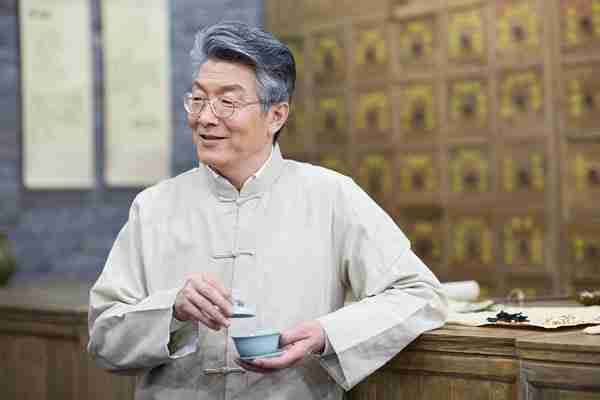
History and Development of Chinese Medicine
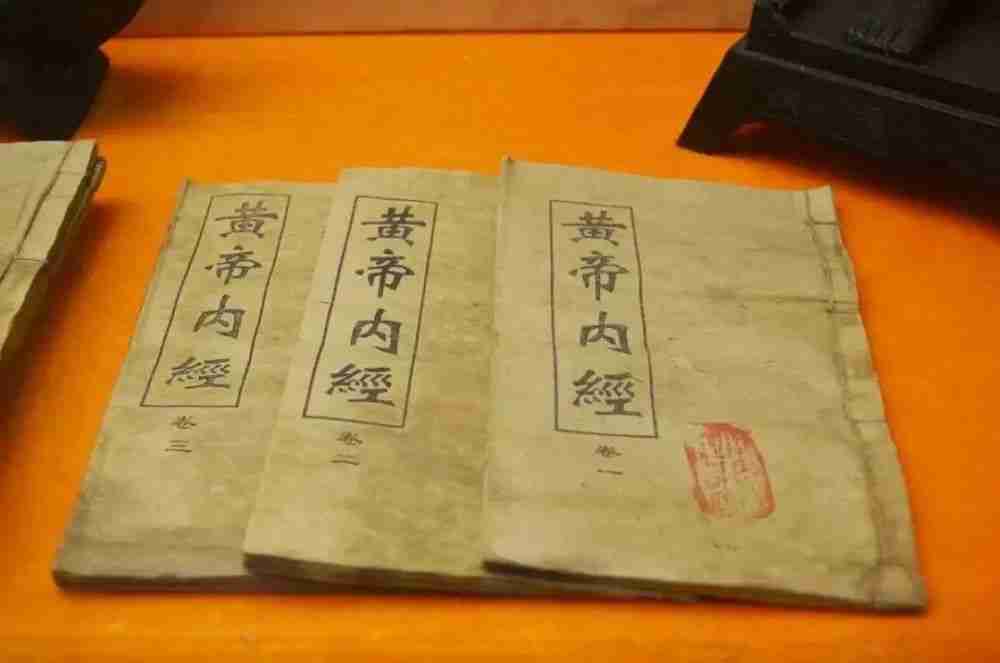
Therapeutic activities in China date back to the Shang dynasty, that is, in the 14th-11th centuries BCE. At the time, the Shang did not have a universal concept of ‘medicine’ being distinct from other health practices. They referred to common diseases such as toothaches, eye disorders, and bloated abdomens, as curses sent by their ancestors. They used stone and bone needles to perform acupuncture on a patient.
In the Han dynasty, the Yellow Emperor (Shenong) compiled a text that discussed medical theories and practices that were beneficial to Chinese medicine. His content included pathology, physiology, treatment contents, diagnosis, and a more essential discussion of pulse diagnosis. This book then became the main reference for Traditional Chinese Medicine.
In the centuries that followed, several books were written to summarize the contents of the Yellow Emperor’s Inner Canon (the Huangdi Neijing). Between 900 and 1,000 AD, the Chinese became the first people to develop some kind of vaccination, known as inoculation or variolation, to prevent smallpox.
In 1950, the chairman Mao Zedong of the Chinese Communist Party announced full support of the Traditional Chinese Medicine, even though he didn’t really believe in it. During the Cultural Revolution (1966 to 1976), the government and the CCP emphasized cultural identity, modernity, and China’s social and economic reconstruction. It was during this time that the government opted for a grassroots healthcare system and tried to revitalize traditional medicine. They made large investments in the medical sector.
When Hong Kong opened up, local residents mostly relied on Chinese medicine practitioners. Western medicine hadn’t gained a lot of momentum at the time and the promotion of western medicine by the British government started in 1940. By then, a hospital was established in Hong Kong and it strictly practiced traditional Chinese medicine. Considering its successes, Hong Kong researched and developed the use of Traditional Chinese Medicine to replace Western medicine.
Who invented Chinese Medicine?
The origin of Chinese medicine emerged during the Shamanistic era of the Shang Dynasty Period, which was between 1766 and 1122 BC. Shenong, who was popularly known as the Divine Husbandman, is said to be the founder of Traditional Chinese Medicine. He is considered the famous Yellow Emperor who ruled in the 27th century BCE. He is believed to have written the Yellow Emperor’s Inner Classic, the Huangdi Neijing. The book is an ancient Chinese medical text that is regarded as the fundamental source for Chinese Medicine. It covers the theoretical foundations of Chinese Medicine and discusses several diagnostic methods. It also talks about acupuncture therapy in detail.
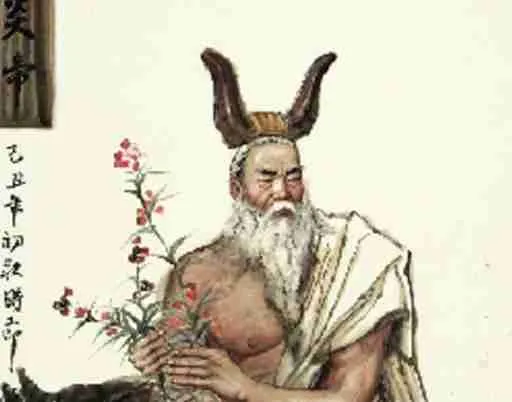
Feel the Pulse- Chinese Medicine
After the doctor has examined the patient’s tongue, then it is time for pulse diagnosis. The doctor expects the patient to stretch out his or her wrists or lay the on a table or flat surface. The doctor then uses 3 fingers to take the patient’s pulse at 3 positions on each wrist. At first, he would be really gentle, and then later he would use stronger pressure to feel in depth. Each pulse position is then seen as a correspondent to a certain organ. That means that the doctor monitors the status of an organ using the quality of the pulse felt in the pressure position.
List of Traditional Chinese Medicine
In Traditional Chinese Medicine, there are about 13,000 medicinal that are used in China and over 100,000 medicinal prescriptions have been recorded in ancient Chinese literature. Generally, plant-based elements and extracts are commonly used in Chinese medicines. Some of the medicines used to treat illnesses in Traditional Chinese Medicine are:

Plant and Fungi-Based Medicinal Substances
| Medicinal Substance | Disease Treated |
| Monkshood Root | Used to treat respiratory issues, such as colds, laryngitis, pneumonia, croup, and asthmatic conditions. It was also used to control high blood pressure, inflammation and to slow heart rate. |
| Birthworts | Hemorrhoids, hypertension, and colic |
| Camellia Sinensis | Used for depression, to ease digestion, for detoxification purposes, to relieve aches and pains, and as an energizer. |
| Cayenne Pepper | Served as a prophylactic drug |
| Chinese Cucumber | Used to reduce fevers, treat tumors, jaundice, polyuria, reduce swelling and coughing, and reduce abscesses. But, if prepared wrongly, it would cause seizures and cerebral hemorrhage. |
| Chrysanthemum Flowers | Used to treat fever, dry eyes, headaches, and dizziness |
| Cocklebur Fruit | Used to treat chronic nasal obstructions and discharges, sinus congestion, and respiratory allergies |
| Crow Dipper/Pinellia Ternata | Removes phlegm |
| Croton Seed | Used to treat skin lesions, gastrointestinal disorders, and convulsions |
| Ginger | Used to treat an upset stomach, indigestion, nausea, and diarrhea, flu-like symptoms, menstrual cramps, heart conditions, colic, and arthritis |
| Ginseng | Used to enhance the immune system in preventing and treating other diseases and infections |
| Goji Berry | Valued for its antioxidant properties , acted as an anticancer and immunodulatory agent, used to treat vision-related, cardiovascular, and inflammatory diseases |
| Horny Goat Weed | Used to treat erectile dysfunction |
| Lily bulb | Used to treat dry and sore throat, dry cough, and wheezing |
| Chinese Rhubarb | Used as a laxative |
| Round Cardamom Fruit | Used to treat breathing problems, diarrhea, vomiting, and poor appetite |
| Thunder God Vine | Used to relieve pain, treat arthritis, and reduce joint swelling |
| Sweet Wormwood | Used to stop bleeding, alternate fever and chills, treat fever and dizziness, and headaches. Used in antimalarial drugs |
| Willow Bark | Used to treat inflammatory conditions such as tendinitis and bursitis, and pain-related issues such as osteoarthritis |
Animal Based Substances
| Medicinal Substances | Disease Treated |
| Snake Oil | Used to treat joint pain |
| Toad-Headed Gecko | Used to treat the common cold, asthma, and male impotence |
| Seahorses | Used to treat broken bones, throat infections, impotence, skin infections, abdominal pain, asthma, heart diseases, insomnia |
| Centipedes | Used to treat seizures, tetanus, skin lesions, and convulsions |
| Leech | Used to treat abdominal and chest pain, amenorrhea, constipation |
| Dried Human Placenta | Used to treat male and female infertility, asthma, male impotence, insomnia, and chronic cough |
| Human Pubic Hair | Used during difficult births, to treat snakebites, yin and yang disorders, and abnormal urination |
Traditional Chinese Medicine Techniques
According to Traditional Chinese Medicine, there are several methods designed to help patients with different health-related issues to achieve and maintain their health and general well-being. Some of these techniques are:
- Acupuncture

Acupuncture is an alternative form of therapy that involves inserting very thin needs through a person’s skin at specific points on the body, with the aim of balancing their energy and relieving pain. The Chinese believe that acupuncture can cure some illnesses and it is used to relive pain from headaches, whooping cough, and blood pressure problems.
Traditional Chinese Medicine affirms that there are over 2,000 acupuncture points in the human body and each one of them is connected to 12 main meridians that conduct ‘qi’/energy flow between the internal organs and surface of one’s body. That said, acupuncture is often done to ensure normal flow to the body, thus keeping the balance between Yin and Yang, and ensuring mind and bodily health.
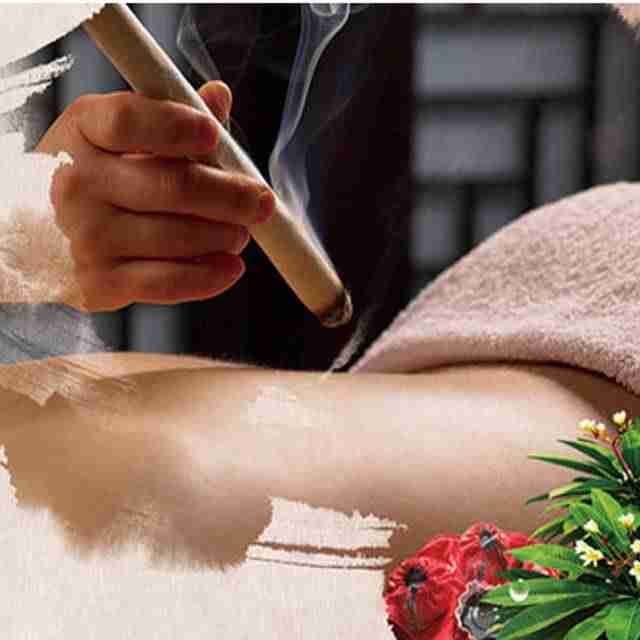
The practice of Moxibustion, which is derived from Traditional Chinese Medicine, is a form of therapy that involves burning of mugwort leaves (moxa). Mugwort leaves are small, spongy herbs that produce a great deal of smoke and a pungent odor believed to facilitate healing with acupuncture. The practitioner simply places the mugwort leaves/root on an acupuncture needle and ignities it. The heat is then transferred to the different acupuncture points through the needle.
It is done to stimulate energy flow in the body, strengthen the blood, and maintain good health and general well-being. The Chinese doctors believe that Moxibustion helps a patient deal with a broad range of issues, such as digestive problems, menstrual pain, and any other chronic pain.
- Tui Na Massage
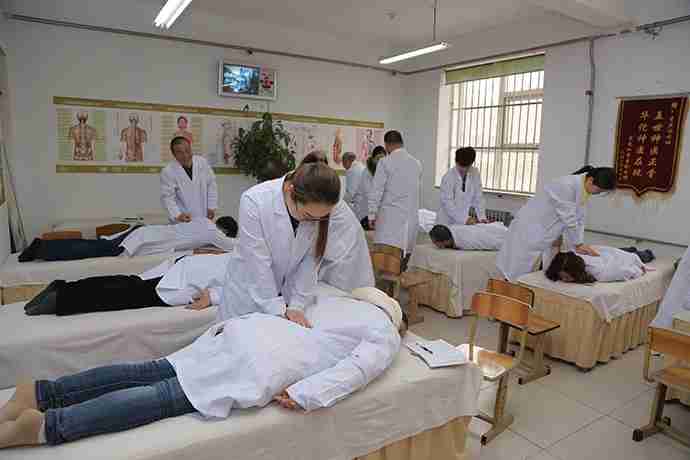
Tuina Massage is a type of Chinese bodywork therapy that has been used in China and the entire Asian continent since time immemorial. It is a combination of acupressure, massage, and other forms of body work. It focuses on the emotional and physical components of a person’s well-being, as well as other aspects such as relationships, climate, and diet.
Most medical practitioners in China believe that the main purpose for Tui Na massage is to create a balance between the yin and yang of the body by getting rid of blockages and any other bodily disturbances that manifest as disease, illness, and emotional baggage. Tui Na is also effective in treating chronic pain and musculoskeletal problems.
- Cupping/Scraping
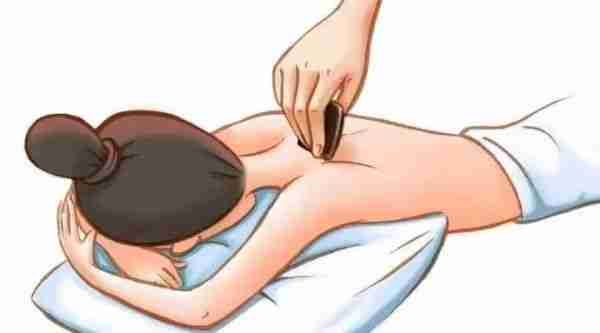
Cupping is a therapeutic technique where several plastic cups or glasses are placed on the patient’s skin to break up any adhesions blocking the general flow of energy, blood, and nutrients to different parts of the body. The Traditional Chinese Medicine practitioners would warm the cups using a cotton ball or any other flammable substance and place these substances inside the cup to remove all the oxygen before placing it on the patient’s skin along specific acupressure points.
By doing this, they create a suction that loosens the tissues on your body and draws stagnant blood to the surface of your skin. The preferred sits for treatment are often the back or the stomach.
Scraping, on the other hand, is a traditional medicine technique that involves using pieces of animal tusks, bone, smooth jade, smooth stones, or horns, to scrap along the skin until there are red spots or a bruise covering the treatment area. The practitioners believe that scraping releases any obstructions and toxins trapped on the surface of one’s skin.
- Chinese Herbs
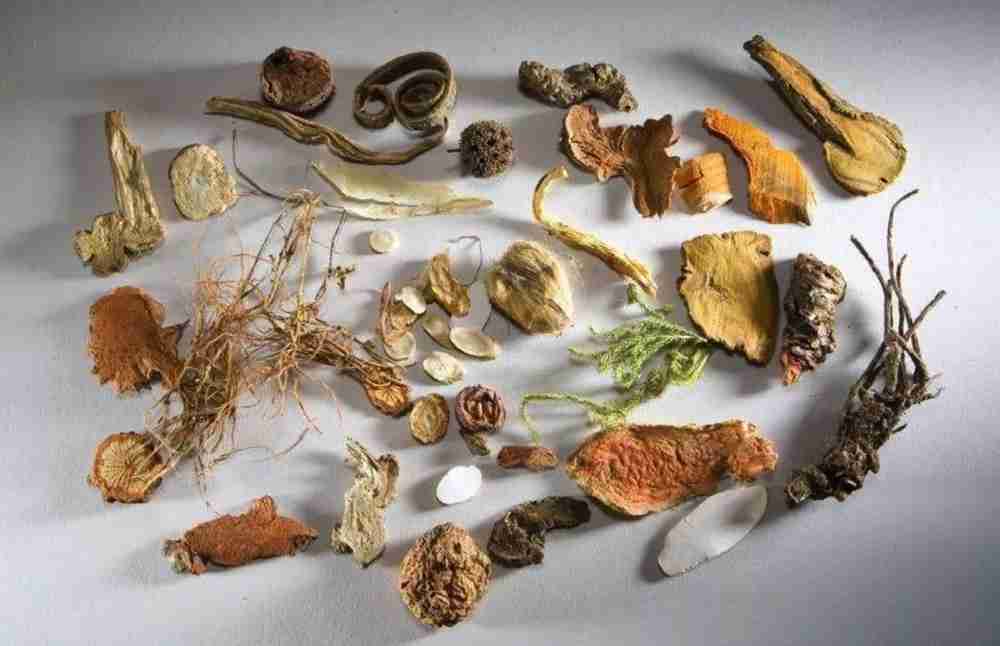
Chinese herbs, such as ginger, cinnamon bark, licorice, ginseng, and rhubarb, are often prescribed to a patient to normalize imbalanced energy in one’s body. The Chinese herbal medicines are often packaged as pastes, powders, tablets, teas, granules, and lotions, depending on the herb used and its intended use. Whenever a practitioner prescribes a particular herb or concoction, he or she had to take into consideration their patient’s Yin and Yang, because they are the most important elements that determine one’s well-being.
- Chinese Nutrition
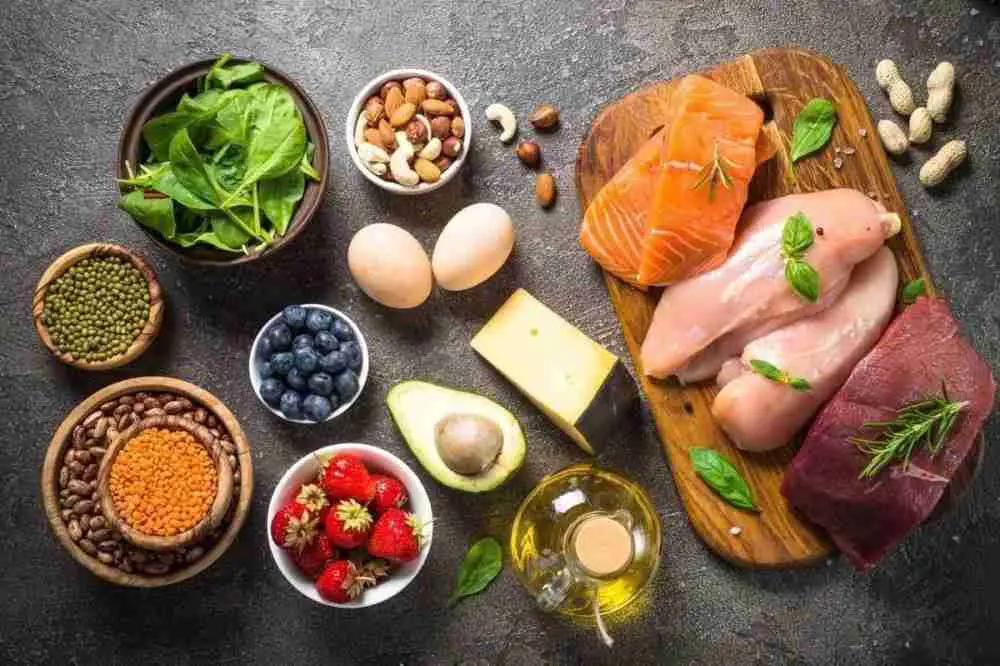
Generally, the Chinese divide tastes into 5 different kinds, that is: sweet, sour, spicy, bitter, and salty. Based on this division, traditional Chinese medicine assumes that every bite of food that one takes sends nutririon to four corresponding organs. Sweet food goes directly to the stomach and spleen and it ensures that the body is lubricated, while sour food enters the liver and helps stop sweating and eases coughing.
Salty food, on the other hand, goes to the kidneys and has the ability to drain, purge, and masses, while bitter food enters one’s heart and the small intestines and helps control heat and dry any dampness. Spicy food goes to the lungs and large intestines and helps to stimulate one’s appetite. Based on that explanation, nutrition is considered the basis for good health. That means that a balanced diet should include all the 5 tastes. That way, everyone is able to ensure good health and general well-being.
Famous Ancient Chinese Doctors/Physicians
There are very many well-known ancient doctors who actively contributed to the development of Traditional Chinese medicine, which is why it is the oldest continuous medical system in the world. Some of these ancient Chinese doctors/physicians are;
- Bian Que
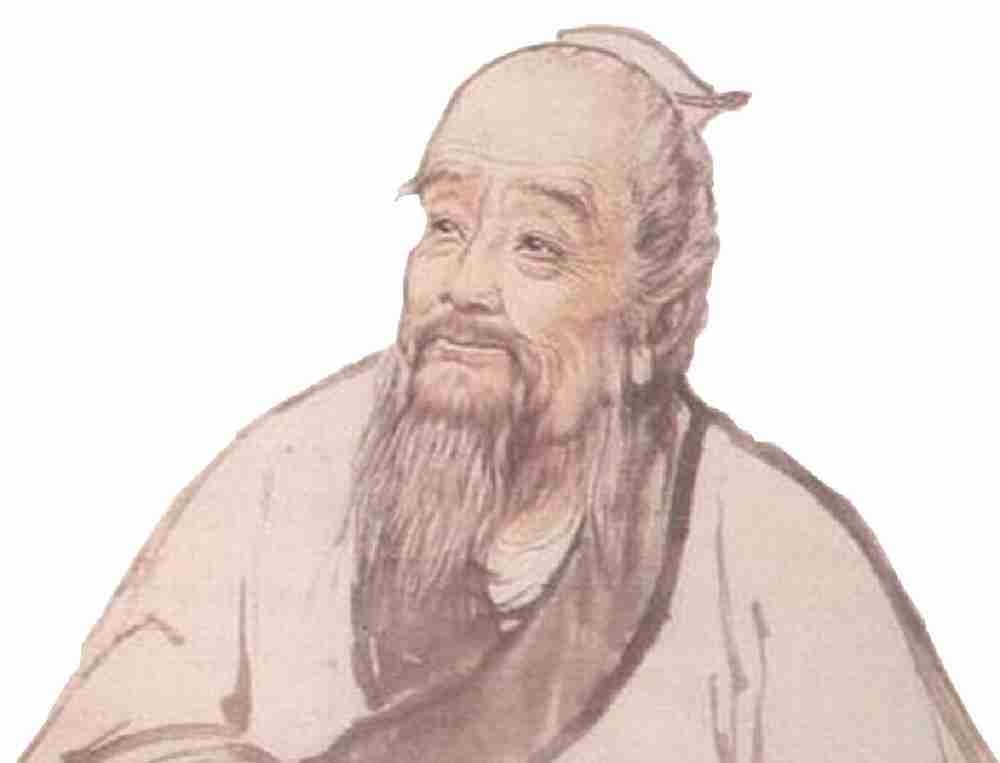
Bian Que, whose real name was Qin Yueren, existed between 407 and 310 BC and lived during the spring, autumn and the Warring States Period. He was very good at diagnosis and treatment. For this reason, the Chinese considered him a highly skilled physician. He was skilled in feeling one’s pulse and specialized in acupuncture treatment. According to Traditional Chinese Medicine and several Chinese literary works, Bian Que was the inventor of anesthesia after he performed a double heart transplatation. He also advocated for the 4-step diagnoses of looking at the patient’s tongue and their outside experiences, listening to the patient’s voice and breathing pattern, inquiring about the patient’s symptoms, and taking their pulse.
- Hua Tuo
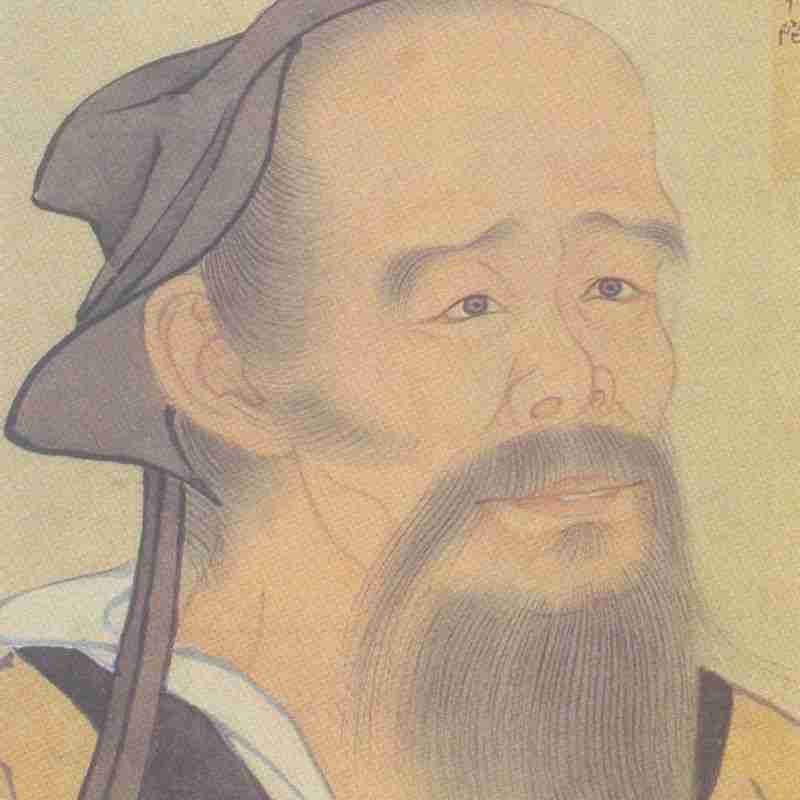
Huo Tuo was another skilled Chinese physician who lived during the late Eastern Han Dynasty and the 3 Kingdoms Era. He rejected all employment offers that he got from high-ranking officials and chose to become a full-time healer. He was greatly valued for his expertise in moxibustion, acupuncture, medical Daoyin exercises, and herbal medicine. Additionally, he is identified as the first physician in China to use anesthesia during surgery. He used a general anesthesia combining a herbal concoction known as ‘mafeisan’ with wine and was able to successfully conduct surgery. He is also famous for creating the 5 Animals Play (Wuqinxi) from imitating the movements of 5 animals – the crane, apes, deer, tiger, and deer.
- Sun Simiao
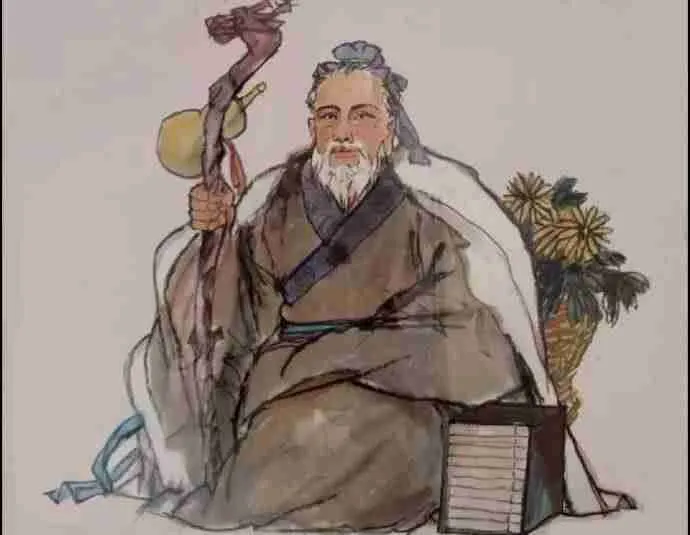
Sun Simiao was a skilled traditional Chinese medicine doctor who lived in the Tang and the Sui dynasty. Because of his great contributions to traditional Chinese medicine, he is often referred to as the ‘King of Medicine’. He wrote two famous books that summarized the pre-Tang dynasty medicine. His first book summarized about 5,300 recipes for medicines that can be used to treat different illnesses, while the second one lists about 2,000 medicinal recipes. He also wrote about the 13 measures to keep health, which affirmed that actions such as walking, touching hair, shaking heads, and rolling eyes somehow improved one’s health.
- Li Shizhen
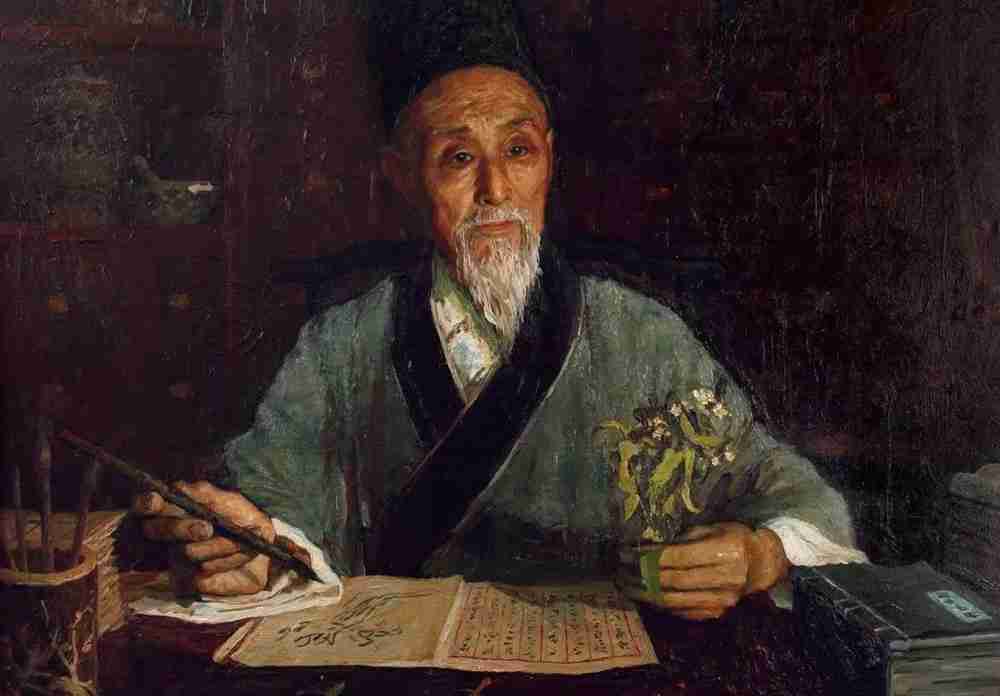
Li Shizhen, popularly known as Dongbi, was a great Chinese herbalist who also specialized as an acupuncturist, naturalist and physician of the Ming Dynasty. During his time, he developed several methods for classifying herbal medications and components for treating diseases. He often read rare medical books and corrected them when need be. He wrote a masterpiece titled ‘Compendium of Materia Medica’, which is considered the most comprehensive and only complete medical book that has ever been written in Chinese in Traditional Chinese Medicine history. Unfortunately, writing the book took a toll on his health and he died before his book was officially published. Supposedly, he stayed indoors for about 10 consecutive years without paying attention to his health. Eventually, he was emaciated and could not recover.
- Zhang Zhongjing
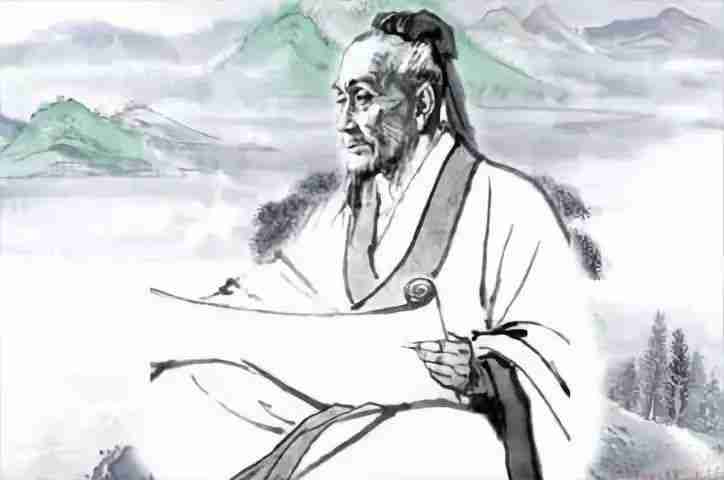
Zhang Zhongjing, who lived between 150 and 219, was a prominent traditional Chinese doctor during the Han Dynasty. He was an inventor, a writer, and pharmacologist of the Eastern Han Dynasty. He established various medical principles and summed up his medicinal experience until the late Han dynasty. During his time, when many warlords fought for their own territories, the people around him were victims of infectious diseases and battle wounds. Because of this, he wanted to provide a reference on how to deal with different infectious diseases.
- Ge Hong
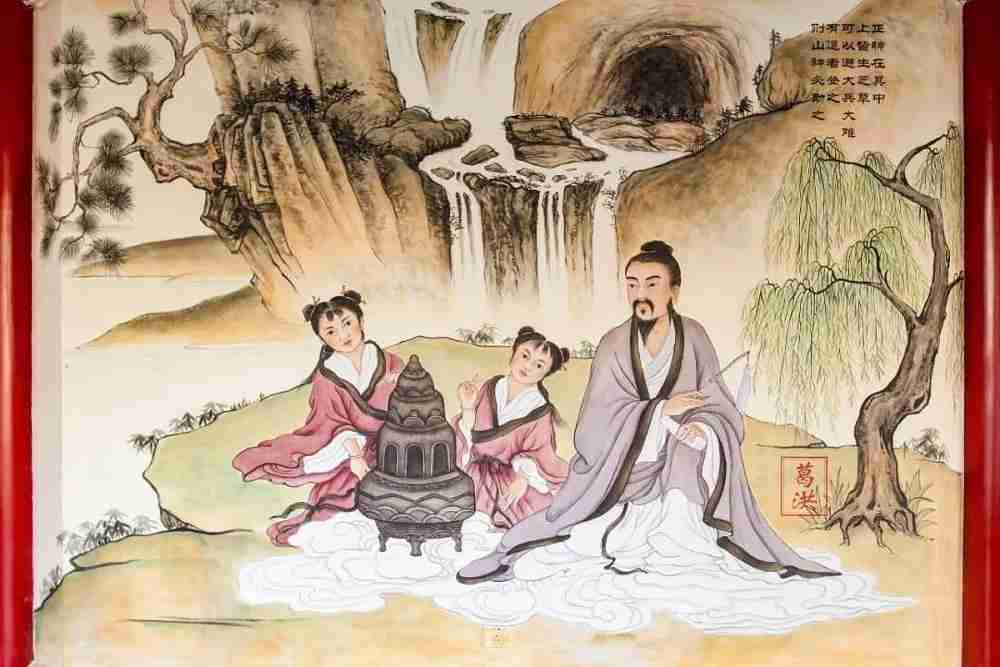
Ge Hong was a naturalist, pharmaceutical chemist, physician, and Daoist who lived during the Jin Dynasty. He is considered as the originator of First Aid in Traditional Chinese Medicine and all his medicinal practices influenced later generations of doctors and physicians. He was always chosen to perform military service and his role as a public service official was to appraise his acquaintances and friends as possible candidates for governmental offices. He however, did not like his role as a public service official. Instead, he developed great interest in the Daoist philosophy during his time as an official, and he often used drugs to achieve the spiritual freedoms of an immortal.